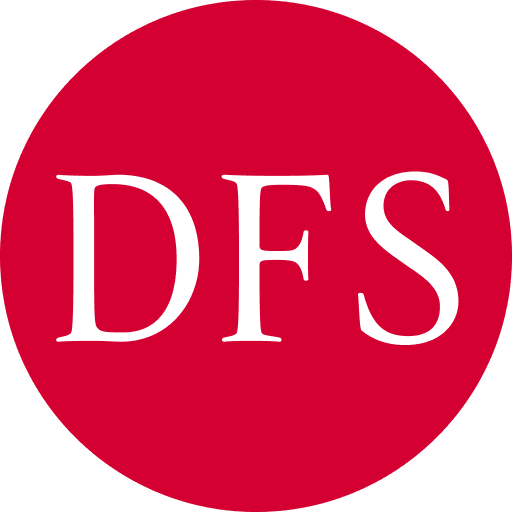Confirm your language preference and trip type for shopping experience:
 Venice
Venice
- English
- Italiano
- 简体中文
无数据















Venice | English

Confirm your language preference and trip type for shopping experience:
 Venice
Venice
- English
- Italiano
- 简体中文
无数据















Venice | English


Architecture
In its long history, Fondaco, like Venice, has undergone restorations, modifications and changes. These interventions have in fact made possible the birth of various "souls" inside Fondaco dei Tedeschi, well represented by the materials of different eras.

STONE
Stone was used in the construction of the Fondaco, a building that had to last over time but did not need refined elements. The arches of the water gate, the stairs and the 140 arches that open onto the central courtyard are made of stone. For centuries, the material housed the frescoes of Giorgione and Titian on the internal and external walls. Even today, it shows the signs engraved by the merchants on the columns and windows.

CEMENT
Cement is also a material present at Fondaco since it was used, perhaps excessively, in the major restorations of the twentieth century commissioned by the post office. Even today, the traces of this material are clearly visible, just look at the internal walls or the large trusses on the third floor. Precisely for this reason, concrete also has a connecting role between the ancient and the modern: witness of this link is the arch, the same as the ancient one, which connects the third floor with the fourth.

BRASS
Brass is the new material used by Rem Koolhaas in the latest Fondaco restorations. Whether raw or oxidized, brass appears in all areas of the building for a total of 20 tons: from the windows to the decorative elements, from the parapet of the panoramic terrace to the emergency stairs. In addition to brass, other elements also enrich the new Fondaco, such as steel and glass, which make up the fourth floor, or the marble of the large tables on the third floor.
Need Assistance? Chat Now!




